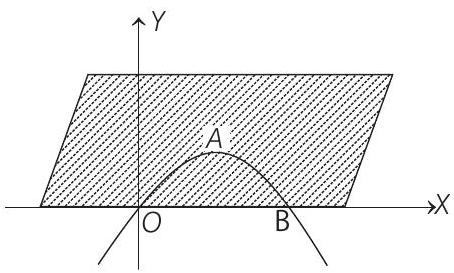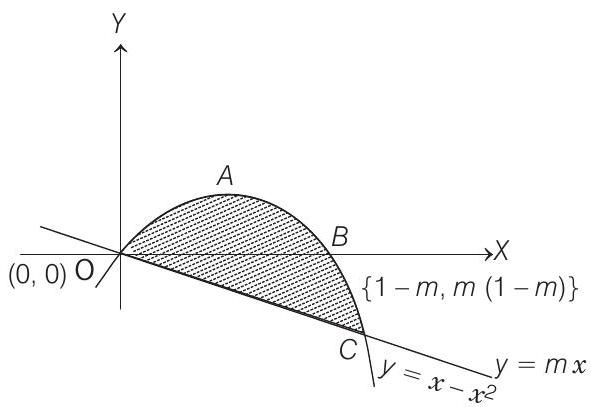Area Question 31
Question 31
- For which of the following values of
Analytical & Descriptive Questions

Show Answer
Solution:
- Case I When
In this case,
and
are two given curves,
Therefore, area between
is area between


Hence, no solution exists.
Case II When
In this case, area between

326 Area
Case III When
In this case,

[given]
Therefore, (b) and (d) are the answers.

where,
or
As above equation has 3 roots
So, above equation is identity in
i.e. coefficients must be zero.
Thus,
Let
Since,
So, equation of chord






